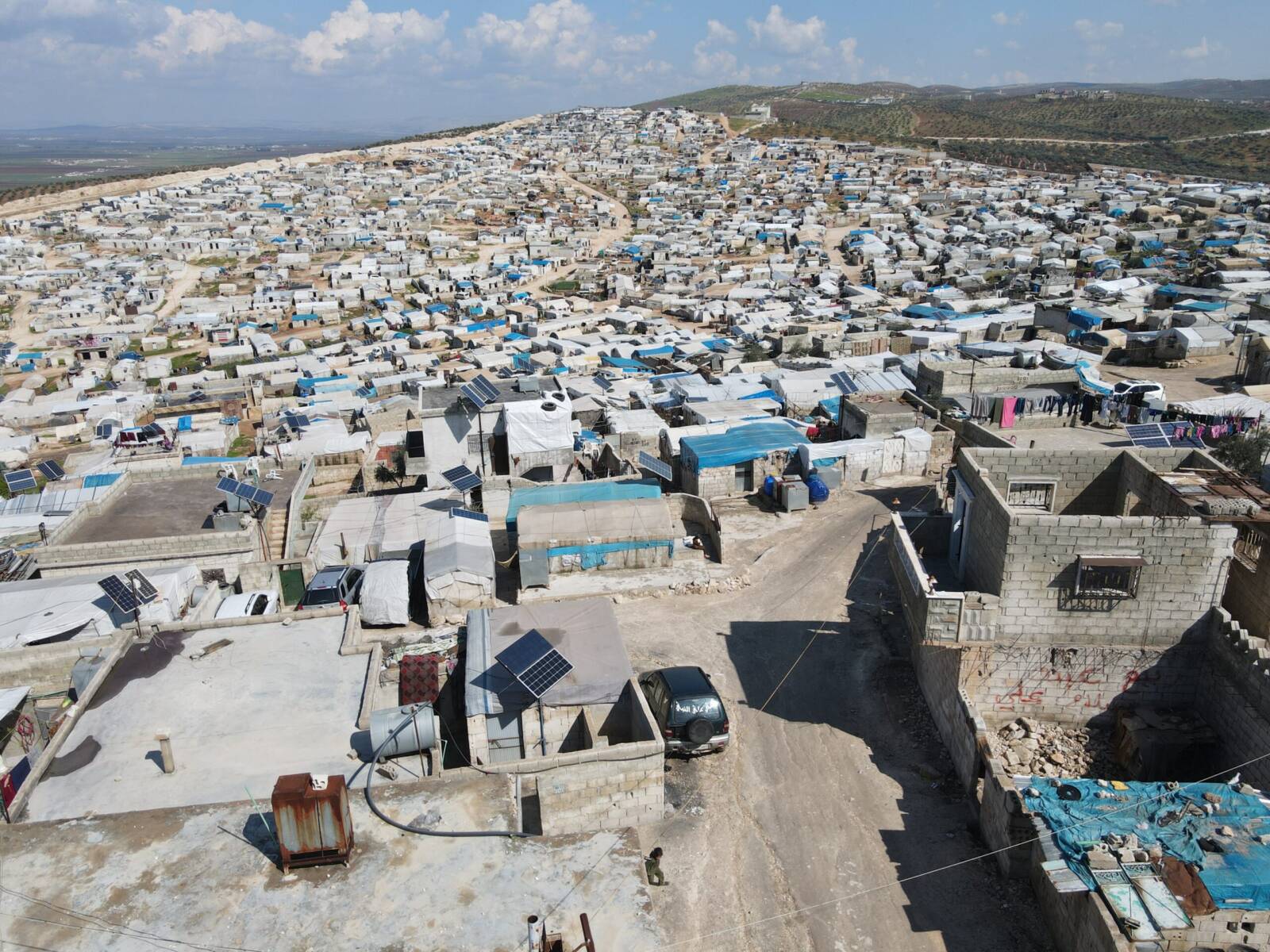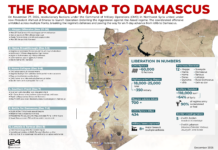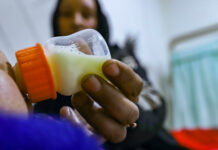
As Russia and the Assad regime continue to attack residential areas, displacing thousands, over half of residents in battle-scarred Idlib are internally displaced persons (IDPs). Driven from their homes by the Assad regime and its allies, Russia and Iran. These displaced families, who now make up an estimated 1.9 million of the 2.9 million people living in Idlib, are eager to return to their homes but remain unable to do so due to ongoing conflict and the occupation of their land. According to a 2022 survey, 65% of Idlib’s population consists of IDPs a number that has skyrocketed over the last two years of nearly daily attacks by the regime.
Damascus, supported by Russian air-power and Iranian-backed militias like Hezbollah, has systematically targeted civilian populations in liberated areas, including Idlib. These actions have led to large-scale displacement, with many now residing in temporary camps under the administration of the Syrian Salvation Government (SSG).
Displaced Syrians are facing overcrowded conditions and limited access to basic resources such as clean water, food, and healthcare and remain under continued and constant threat from Russian and regime attacks. Yesterday Sarmada’s Wadi Abbas Camp was bombed with cluster munitions killing several IDPs, including a child.
Turkey has effectively closed its borders to new refugees and has been actively deporting Syrian refugees, further exacerbating the region’s population crisis. The increasing number of deported refugees arriving in Turkish-controlled areas and Idlib has significantly intensified the already severe humanitarian conditions, contributing to overcrowded camps and strained infrastructure.
Compounding the crisis, ongoing Israeli attacks in Southern Lebanon have prompted further migration into Syria and Idlib. Both Lebanese nationals and Syrian refugees living in Lebanon have fled the violence, seeking safety in Syria’s liberated northern regions. Many have settled in the Greater Idlib region, adding to the growing population of displaced individuals. This influx is stretching the region’s infrastructure to its breaking point, as humanitarian organizations scramble to provide essential services for this new wave of displaced persons, contributing to heightened tensions and challenges in an already volatile situation.
The displacement of millions of Syrians from Idlib and surrounding areas is not just a by-product of war but part of a continued and deliberate strategy by the Assad regime to displace native populations and secure control over key territories. Reports from human rights organizations detail how Assad, with Russian and Iranian support, have bombed residential areas, destroyed infrastructure, and used cluster munitions, all of which have contributed to the mass exodus from these regions.
When it comes to the prospects of returning home, many find that their homes have been destroyed or confiscated by regime forces. Some properties have been occupied by pro-regime militias, leaving IDPs with no way to reclaim their land. This has effectively blocked the return of millions to their homes, perpetuating a cycle of displacement and suffering. Beyond the IDPs from areas captured by the Assad regime, many Syrians are voluntarily migrating from regime-controlled territories to escape Assad’s brutal military offensives and dire living conditions.
Despite the dire conditions, most displaced residents in Idlib express a desire to return home if peace and security once again return. A report from ReliefWeb noted that many IDPs would return within days if the situation in their home areas stabilized. However, ongoing violence and the Assad regime’s control of their home territories keep many from making the journey back.
The ongoing occupation and attacks by regime forces, leave people with little hope of reclaiming their homes. In some cases, there is continued community support for revolutionary factions to retake control of territory from the Assad regime, but the conflict shows no signs of abating in the near future.
Idlib, one of the last strongholds in the liberated territories in Syria, remains on the edge in the flames of the ongoing conflict. Those in the Command of Military Operations (CMO) continue to fight to repel ongoing attacks and liberate the people’s lands.
As the Repelling the Aggression campaign enters into its second day, humanitarian agencies warn that the displacement crisis in Idlib is worsening under continued attacks, and living conditions in temporary camps have become increasingly unbearable, leaving over half of the population in the region with a desire to return home at any cost.








